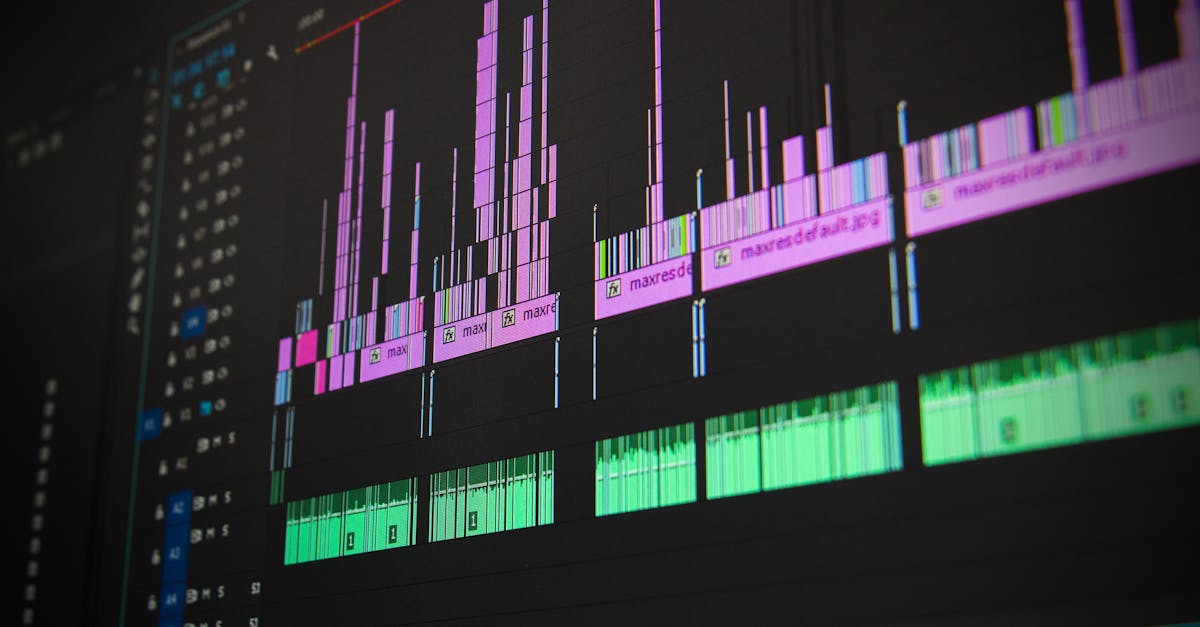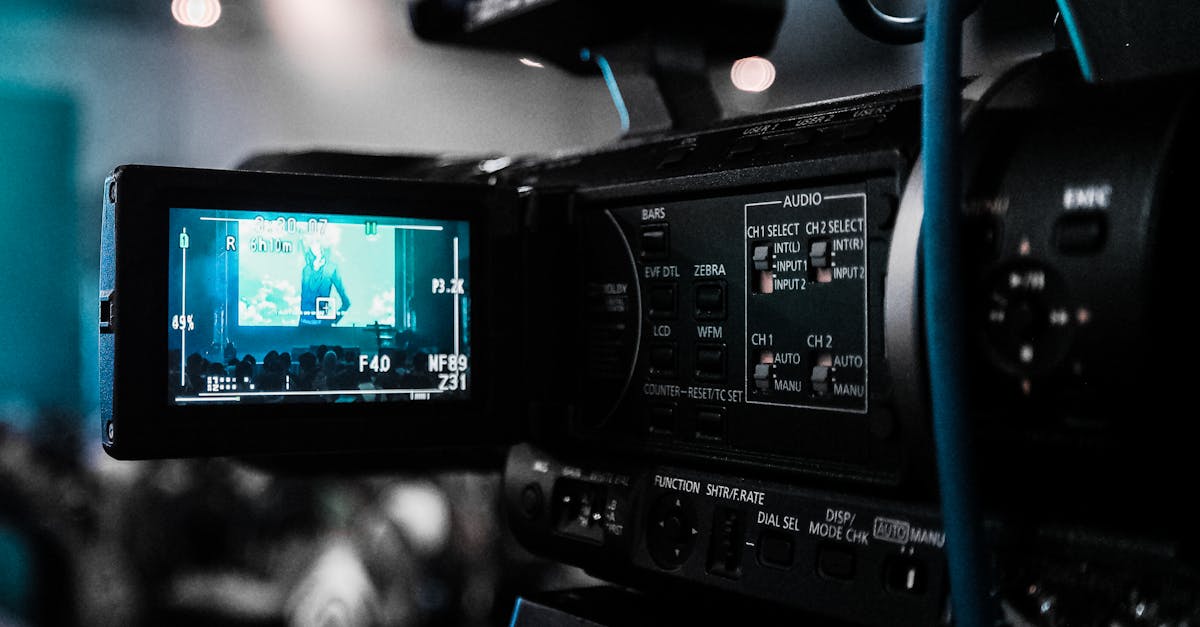
Table Of Contents
Adding Depth with Themes and Symbols
Themes and symbols play a crucial role in enriching the depth of a script. They allow writers to convey underlying messages and evoke emotions in the audience. When incorporating themes, it is essential to choose ones that resonate with the core of your scriptwriting and characters. A strong thematic foundation can enhance the overall coherence of the story and provide a deeper meaning for viewers to contemplate and connect with on a personal level. Moreover, symbols act as visual or conceptual representations that reinforce the themes, serving as powerful tools to communicate complex ideas in a subtle and effective manner. When utilized strategically, symbols can add layers of meaning to the narrative, creating a more engaging and immersive experience for the audience.
Weaving Subtle Symbolism into Your Story
Throughout the process of scriptwriting, incorporating subtle symbolism into your story can add layers of meaning and depth for audiences to interpret. Symbols can range from recurring motifs like a specific object or colour that holds significance to the characters and plot, to more abstract representations that reflect deeper themes within the narrative. When weaving subtle symbolism into your script, it's crucial to ensure that these elements are integrated seamlessly, enhancing the story rather than distracting from it.
Symbolism can serve to enrich character development, foreshadow events, or even convey complex emotions without relying solely on dialogue. By carefully selecting and placing symbols within your script, you can invite viewers to engage with the story on a deeper level, prompting them to consider the underlying messages and themes that resonate throughout the narrative. Thoughtfully incorporating symbolism not only adds richness to your storytelling but also showcases the artistic craftsmanship behind your scriptwriting.
Enhancing Pacing and Rhythm
Enhancing pacing and rhythm in scriptwriting is crucial to keeping your audience engaged from start to finish. By strategically utilizing beats and transitions, you can create a seamless flow that propels the story forward while maintaining the audience's interest. Each scene should serve a purpose and contribute to the overall pacing of the script, ensuring that there are no unnecessary lulls or abrupt shifts in momentum.
Carefully consider the timing of your scenes and dialogue to enhance the rhythm of your script. Varying the pace can help build tension, create contrast between different moments, and ultimately captivate the audience. Remember that pacing is not just about how fast or slow the story unfolds but also about the emotional impact each beat carries. Mastering the art of pacing and rhythm will elevate the quality of your script and leave a lasting impression on readers and viewers alike.
Utilizing Beats and Transitions Effectively
When it comes to scriptwriting, utilizing beats and transitions effectively is crucial for maintaining the flow and coherence of your story. Beats serve as the building blocks of your script, providing a rhythm that guides the pacing of your scenes. These beats can be emotional, action-based, or even comedic, helping to create dynamic shifts that keep the audience engaged. By strategically placing beats throughout your script, you can ensure that each moment serves a purpose and drives the narrative forward seamlessly.
Transitions play a key role in bridging different scenes and locations in your scriptwriting. Whether it's a simple cut, a fade, or a dissolve, transitions help to smoothly connect one moment to the next, maintaining the momentum of the story. Paying attention to the type and timing of transitions can enhance the overall coherence of your script, ensuring that the audience remains immersed in the world you've created. Remember, transitions shouldn't be arbitrary but purposeful, serving to enhance the storytelling experience for your readers or viewers.
Revising and Editing Your Script
Revising and editing your script is a crucial step in the scriptwriting process. This stage allows you to fine-tune your story, polish your dialogue, and strengthen plot points. To begin, read through your script carefully, focusing on areas that may need improvement. Look for inconsistencies in character development, plot holes, or any dull moments that could benefit from additional depth or tension.
After identifying areas for enhancement, consider seeking feedback from others in the industry or trusted peers. Fresh perspectives can provide valuable insights and help you identify blind spots in your script. As you revise, pay close attention to the flow of your story, ensuring that scenes transition smoothly and effectively. Additionally, refine your dialogue to make it more authentic and engaging, and ensure that each plot point serves a purpose in advancing the narrative. Scriptwriting requires meticulous attention to detail during the revising and editing process to ensure your script is compelling and cohesive.
Polishing Dialogue and Strengthening Plot Points
Polishing dialogue in scriptwriting is crucial for creating authentic and engaging interactions between your characters. To strengthen plot points, ensure that every line of dialogue serves a purpose and drives the story forward. Each character should have a distinct voice that aligns with their personality and motivations. Avoid unnecessary exposition or dialogue that does not contribute to the overall plot development. By focusing on concise and impactful dialogue, you can enhance the emotional depth of your script and keep your audience captivated.
When strengthening plot points in scriptwriting, consider the pacing of your story and the timing of key revelations. Plot twists and developments should feel organic and build upon the established theme and narrative structure. Take the time to refine each plot point, ensuring that they connect seamlessly to create a cohesive and engaging storyline. Work on creating a balance between action, dialogue, and character development to maintain the audience's interest throughout the script. By meticulously polishing both dialogue and plot points, you can elevate the quality of your script and leave a lasting impression on your readers or viewers.
FAQS
What is the importance of adding depth with themes and symbols in scriptwriting?
Adding depth with themes and symbols in scriptwriting helps to convey underlying messages, evoke emotions, and create a more engaging and memorable story for the audience.
How can I weave subtle symbolism into my script effectively?
To weave subtle symbolism into your script effectively, consider using recurring motifs, visual metaphors, or symbolic imagery that align with the themes and characters in your story.
How does enhancing pacing and rhythm contribute to the overall quality of a script?
Enhancing pacing and rhythm in a script helps to maintain the audience's interest, create momentum, and build tension or suspense at the right moments, ultimately enhancing the storytelling experience.
What are beats and transitions in scriptwriting, and how can they be utilized effectively?
Beats are moments of action or change in a scene, while transitions are the ways in which scenes flow into each other. Utilizing beats and transitions effectively can help to structure your story, enhance the flow of the narrative, and keep the audience engaged.
Why is revising and editing an essential step in scriptwriting?
Revising and editing your script is crucial to refining the plot, strengthening character development, improving dialogue, and ensuring coherence and consistency throughout the story, ultimately enhancing the overall quality of your script.






